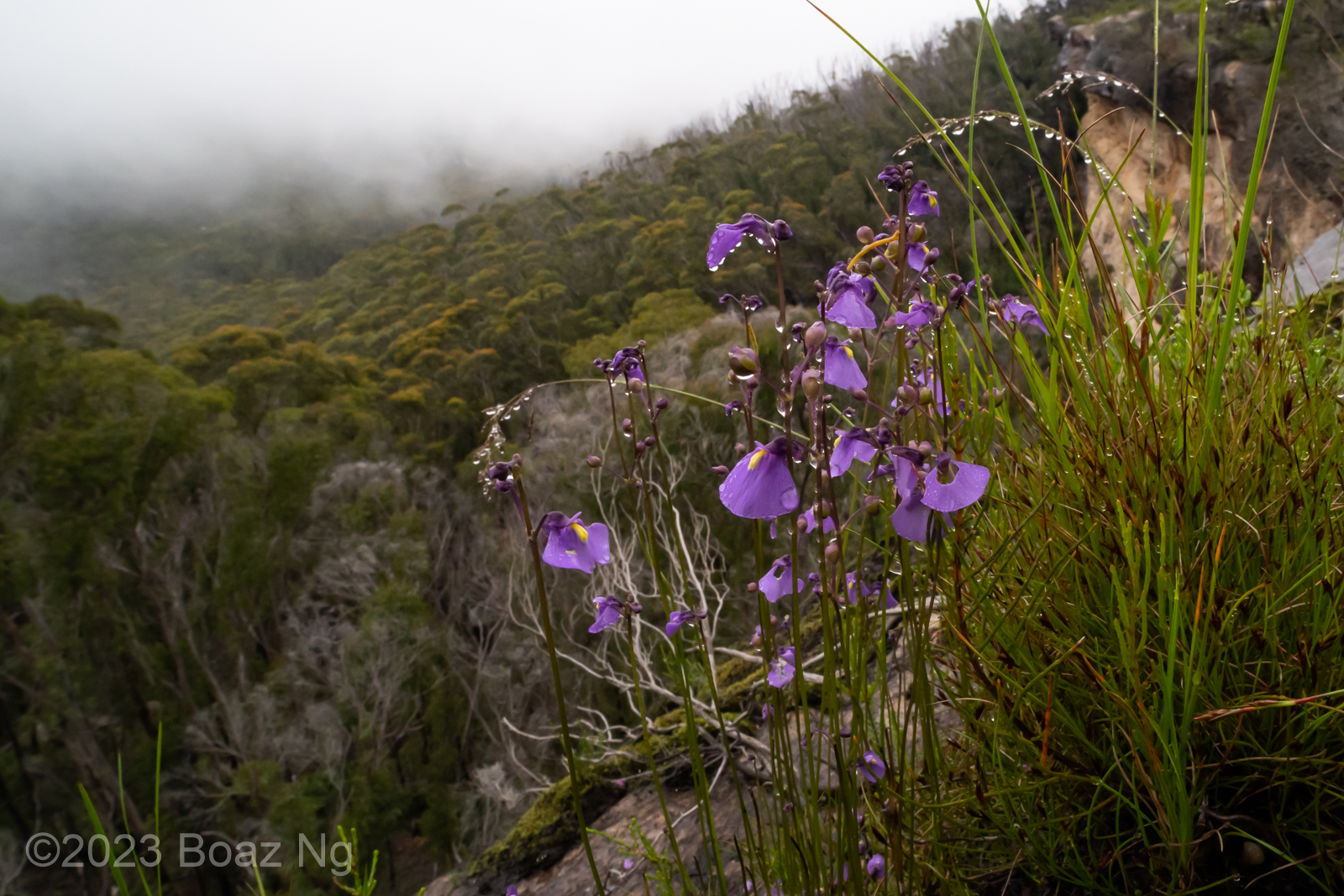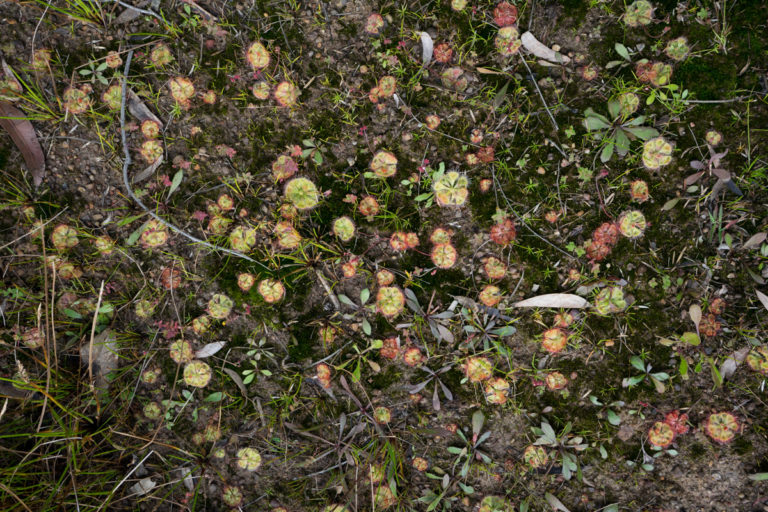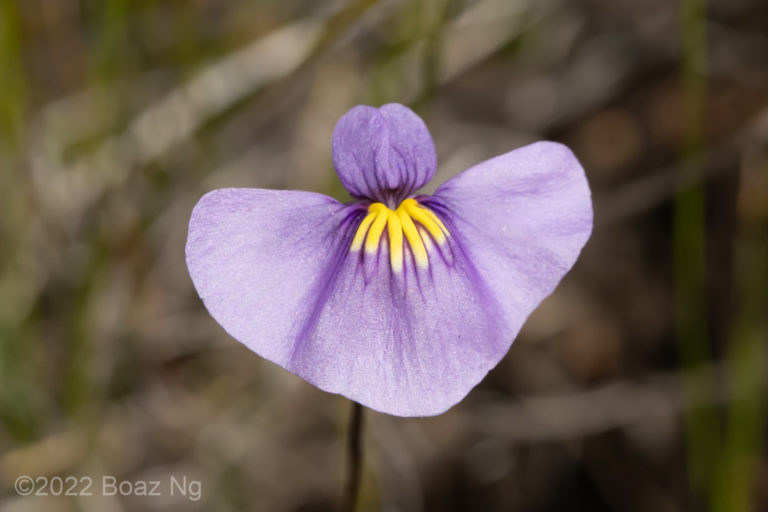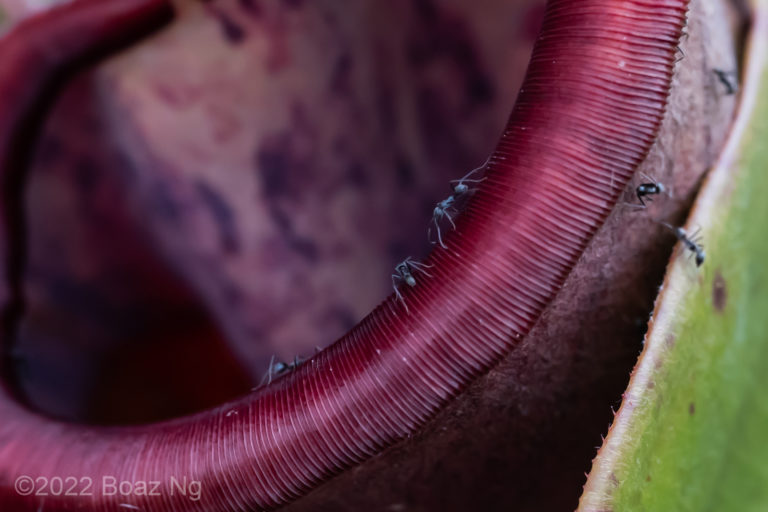Utricularia dichotoma is a variable purple bladderwort widely distributed across Australia and New Zealand. In 2020, Jobson and Baleeiro performed a phylogenetic review of the complex. By comparing the DNA sequences of 296 location collections, they found that there were 8 genetically defined subspecies. These subspecies display a strong relationship with different niches and trend towards diverging morphologies across their geographic range.
The paper describes differences in morphological characters between the subspecies, with emphasis on the bract shape and the proportions between the corolla and nectary spur. However, personal examinations in the field show considerable variation in these traits within and between populations. At a given site, there is generally some variation between individual specimens with regard to bract length, shape, and corolla morphology. Additionally, Utricularia dichotoma seems particularly susceptible to the effects of genetic drift, with isolated populations displaying unusual characteristics. The descriptions offered by the paper are best taken as an averaged representation of the taxa, which generally trend around the morphologies as depicted.
These inconsistencies have caused some to question the validity of the subspecies. Indeed, given the baseline morphological variation, it is often extremely difficult to confidently identify the specimens in cultivation outside the context of their location and niche. However, it is important to keep in mind that these are very closely related subspecies of an inherently variable plant. Whilst the traditions of botany demand a taxonomic key with clear delineating traits, is it really reasonable to expect that the subspecies are always physically distinguishable to the degree expected for full species?
Whether the taxa are valid depends on individual philosophical understandings of taxonomy and represents a tension between traditional morphology-based and modern phylogenetic approaches. A relevant example is U. dichotoma subsp. monanthos, a dwarf taxon that is the most distinctive within the complex. It was generally accepted as a species outright, with some authorities including similarly small plants in New Zealand within the taxon. However, the phylogenetic analyses in the paper showed that it was not more diverged than the other taxa, so it logically follows that it should be relegated to subspecies status. Additionally, the small plants in New Zealand did not genetically group with subsp. monanthos implying that the diminutive flowers are an example of convergent evolution. In this scenario, genetic information was able to objectively quantify and define the evolutionary relationships of the taxa better than morphology-based analyses.
As genetic sequencing becomes cheaper and technologies improve, phylogenetic analyses are being increasingly utilised to define species concepts. It is expected that more cryptic taxa will be revealed and some traditional delineations revised as sequencing becomes more mainstream. Taken in combination with other lines of evidence such as morphological and geographical data, genetic analyses provide a powerful tool to truly understand the evolutionary relationships between carnivorous plant taxa.
The eight subspecies of Utricularia dichotoma with their range, generalised description and most distinctive features are as follows:
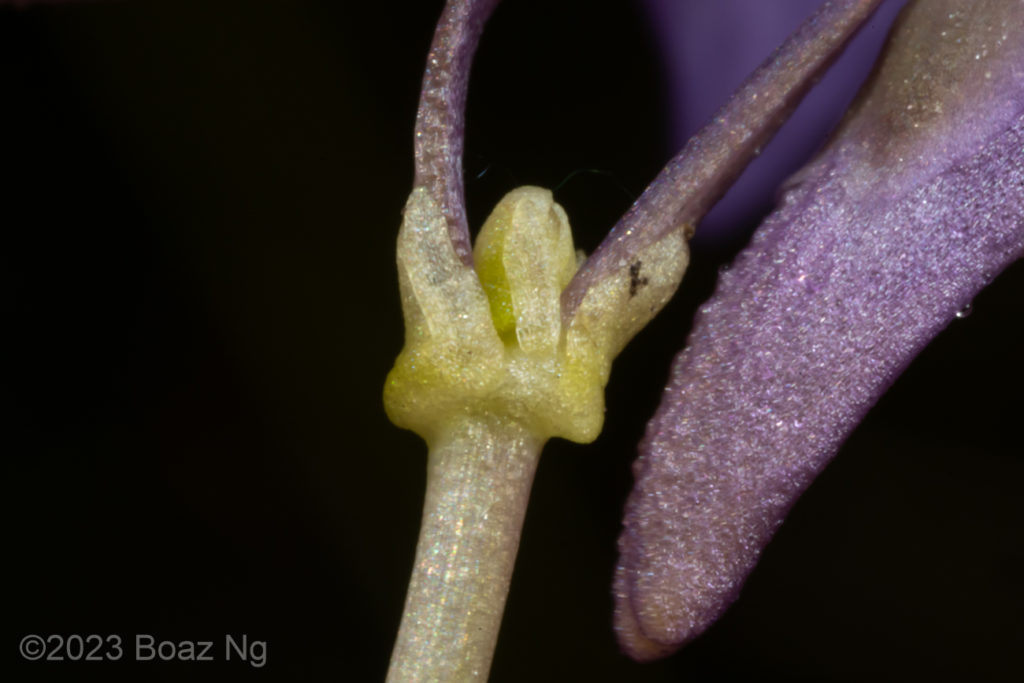
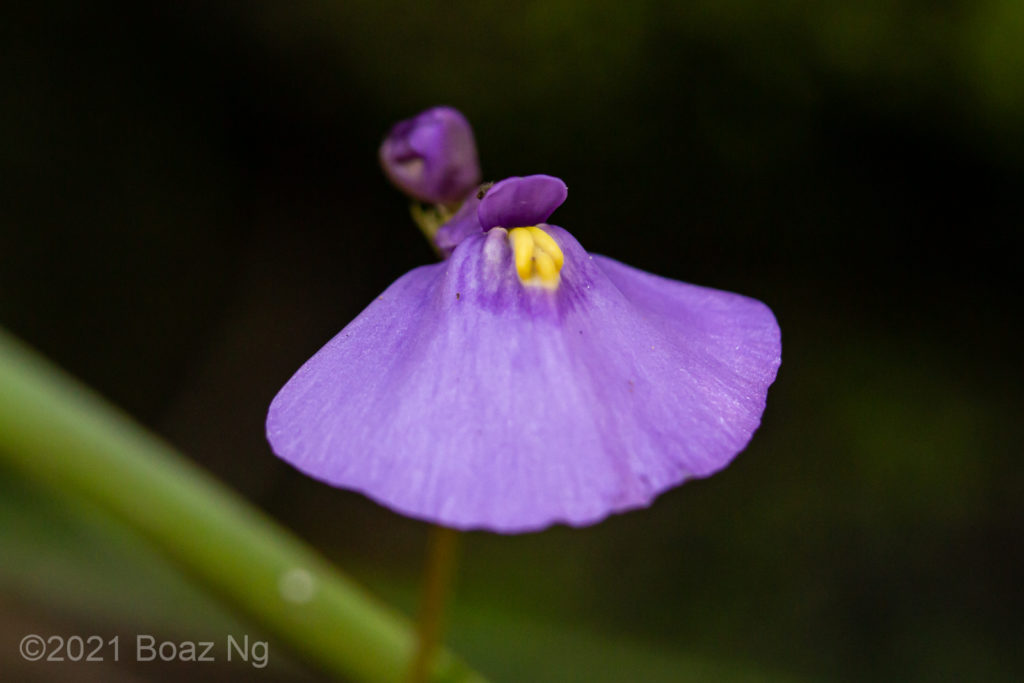
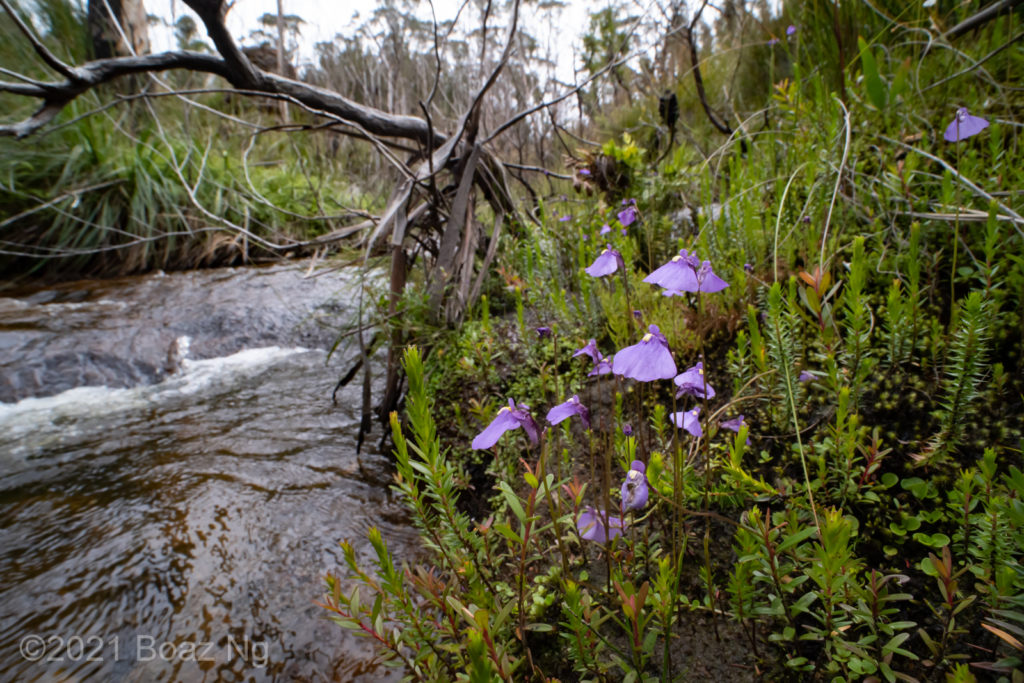
Utricularia dichotoma subsp. aquilonia. The subspecies grows emergent in the banks and sandy seepages of small upland creeks in the Great Dividing Range of central and northern NSW, as well as coastal swamps in northern NSW. It prefers wetter or sandier niches. Its bracts are thin and pointy, with a strongly bulging base where it attaches to the stalk. The lower corolla lip is about the same or slightly lower than the nectary spur, which is somewhat broad and often slightly curved forward.
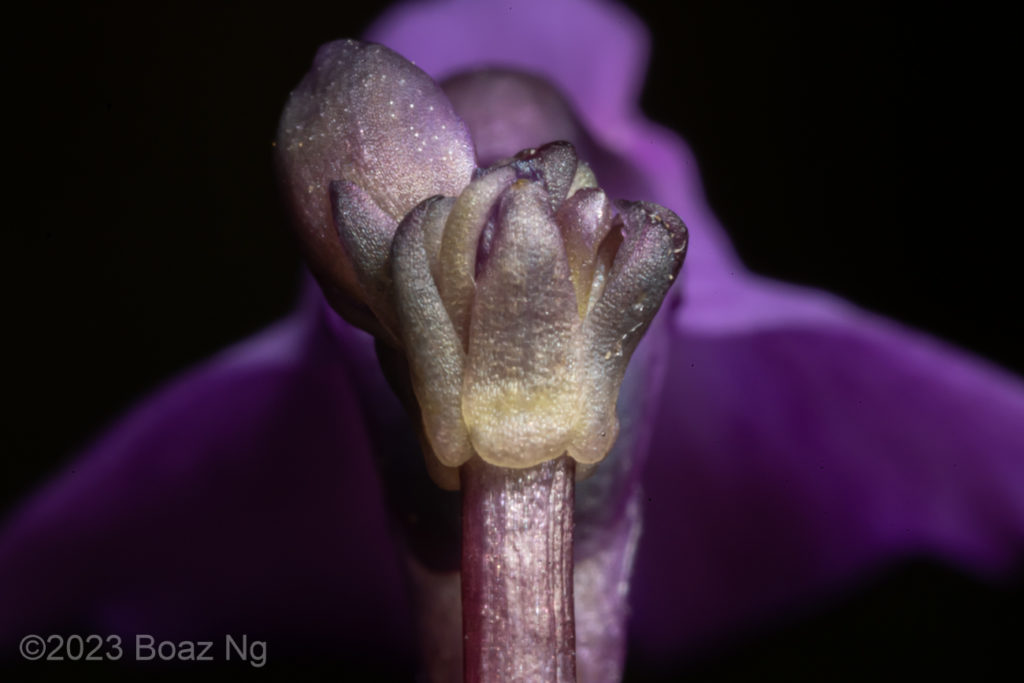
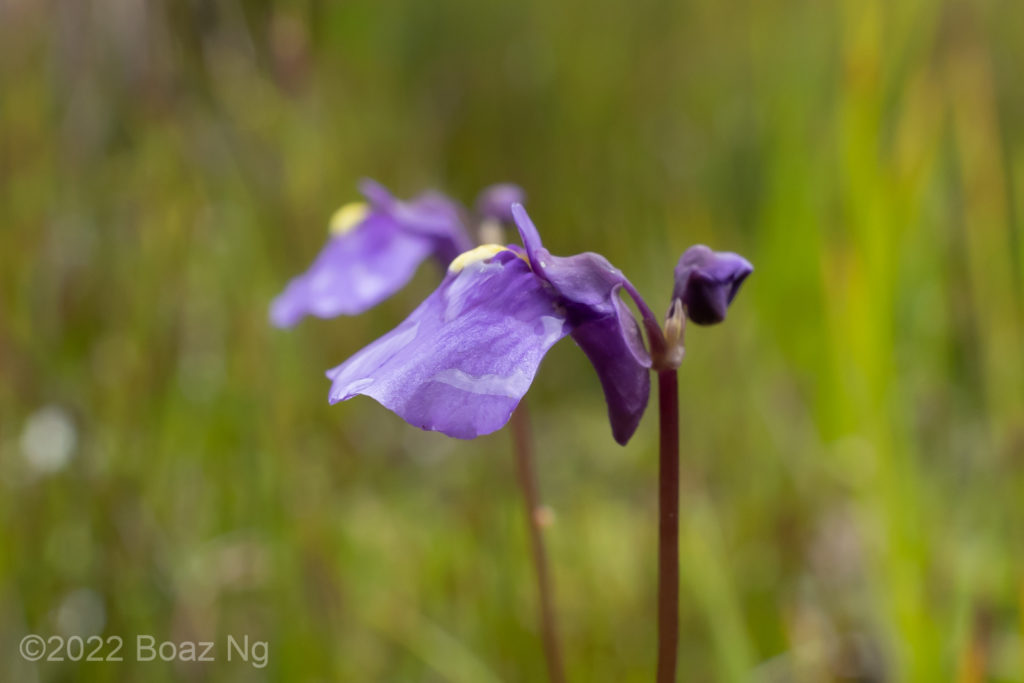
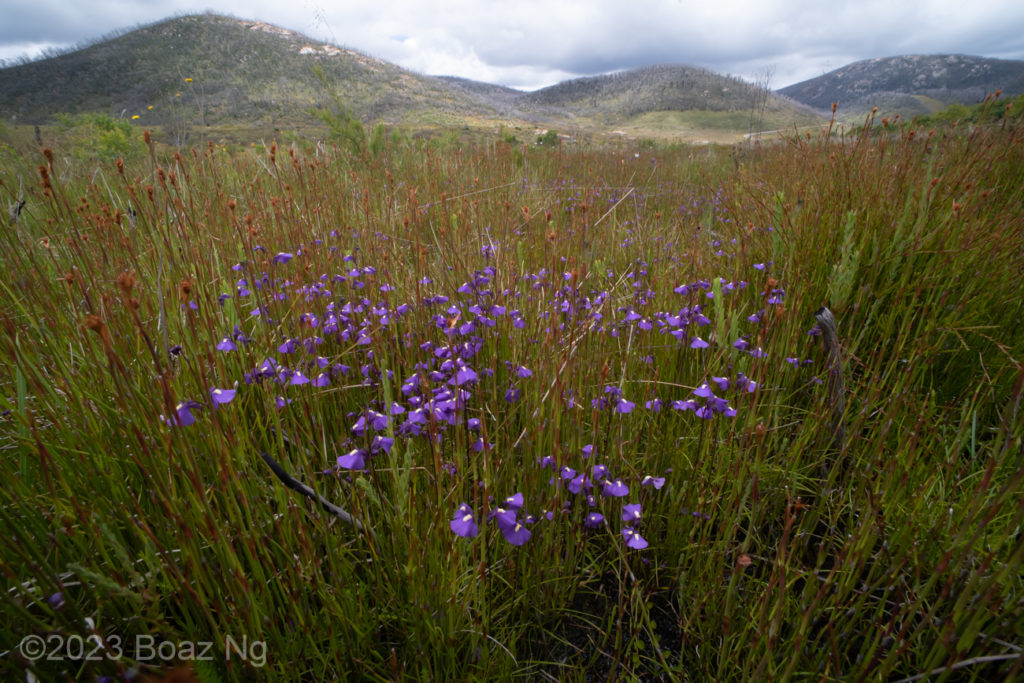
Utricularia dichotoma subsp. dichotoma. The subspecies grows emergent in subalpine to alpine swamps and creek systems in NSW, VIC and TAS. It is associated with cold climates, with many locations receiving reliable winter snow cover. The bracts have a quadrate downwards-pointing appendage at the point of attachment to the stalk. The lower corolla lip is about the same or slightly longer than the nectary spur, which is somewhat broad.
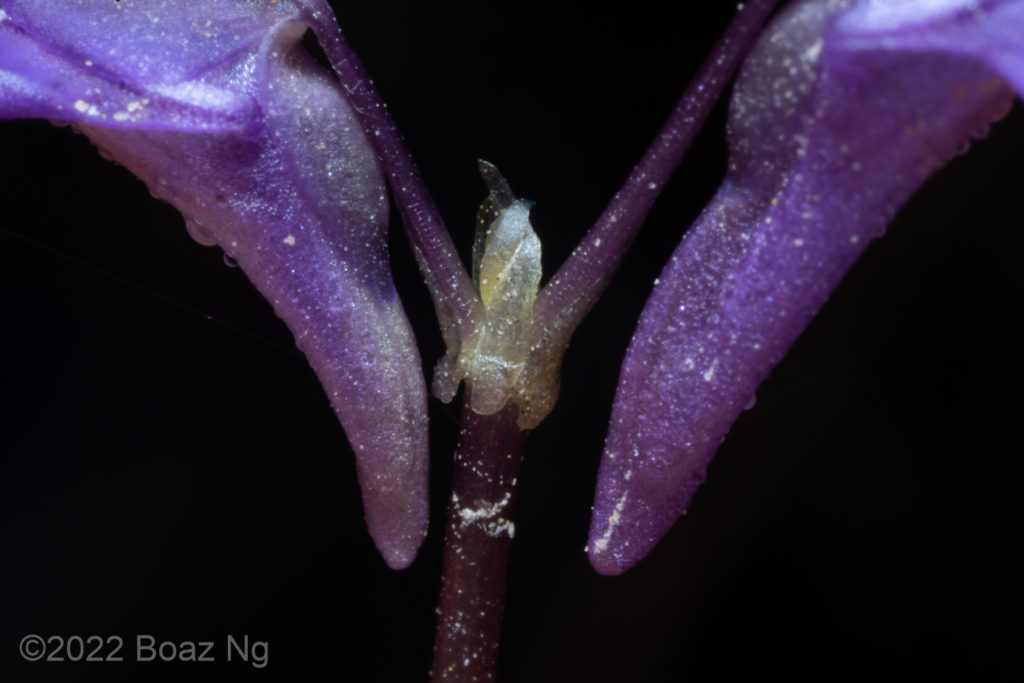
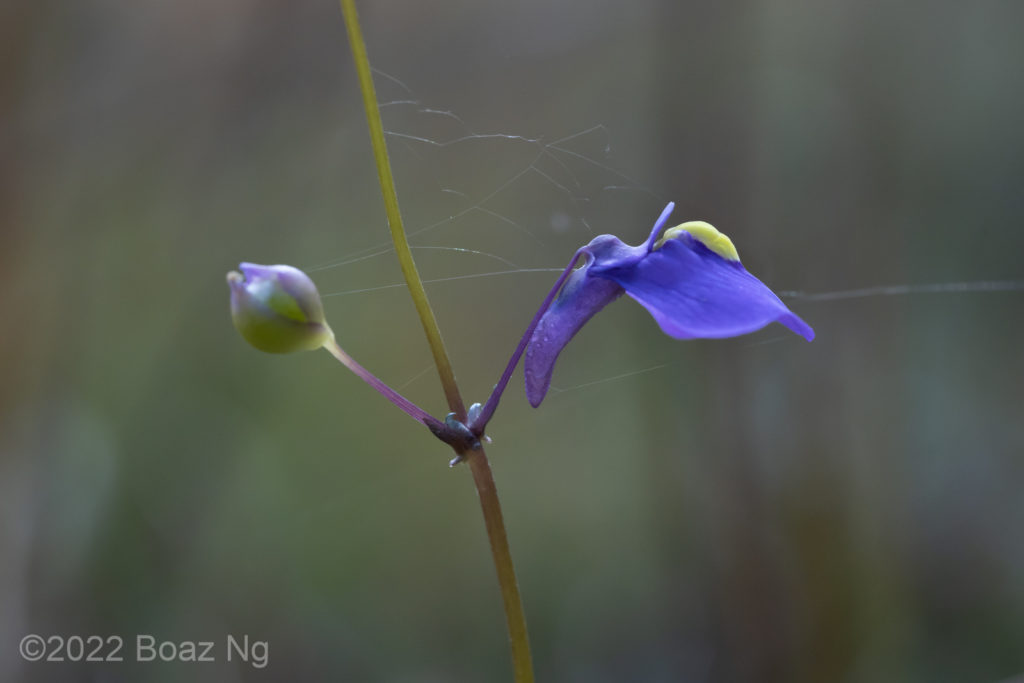
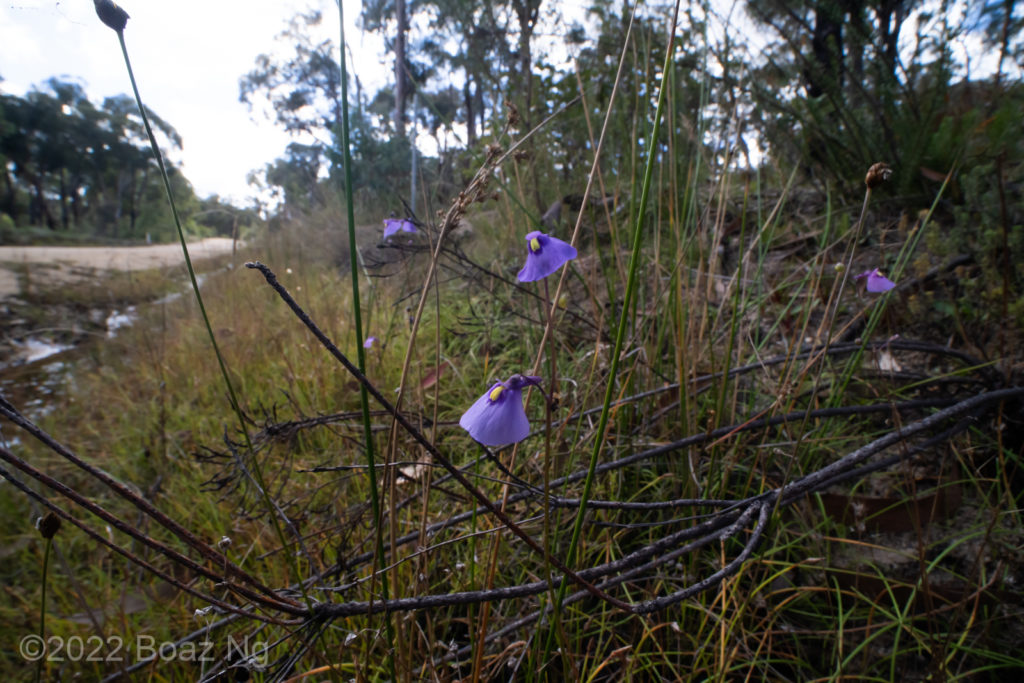
Utricularia dichotoma subsp. fontana. The subspecies grows from inland central NSW to southern QLD. It is associated with seasonally active seepages and springs, and grows terrestrially. The bracts are long and pointed, with a bulging base where it attaches to the stalk. The lower corolla lip is shorter than the nectary spur, which is long, thin and thrust at an obtuse angle relative to the lower corolla lip.
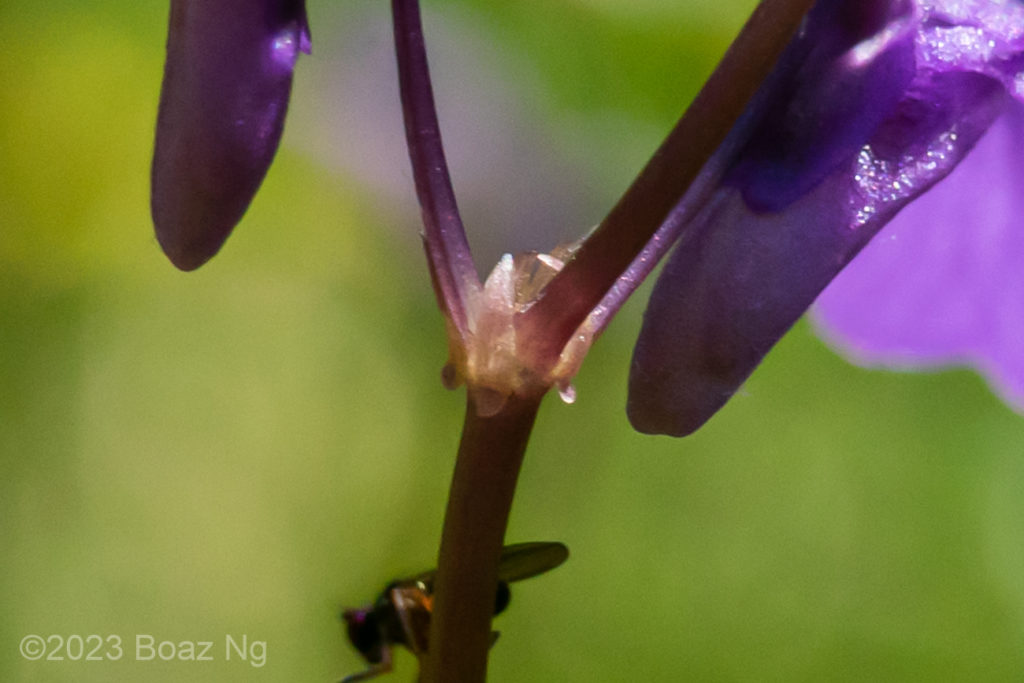
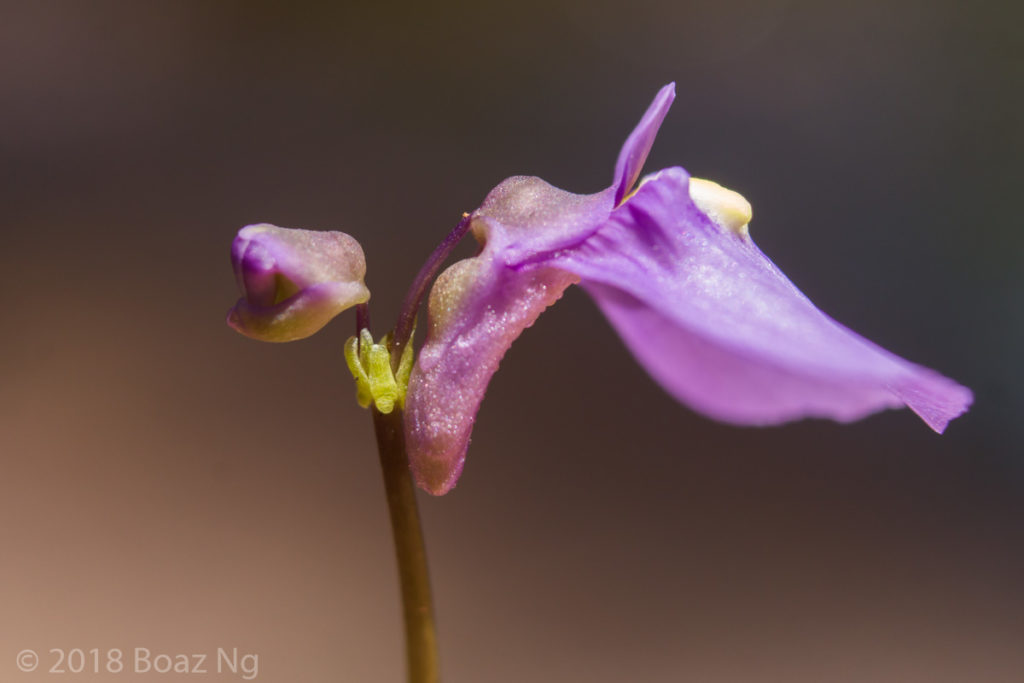
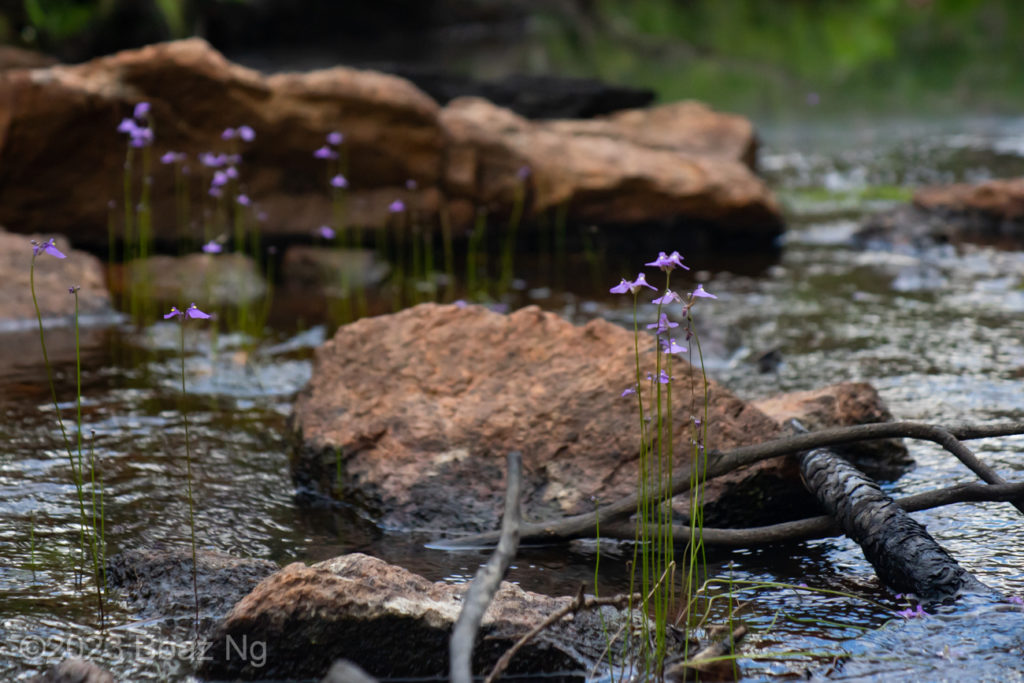
Utricularia dichotoma subsp. maritima. The subspecies is found in coastal regions in the south eastern states of Australia, extending up to central NSW. It is associated with heathland creeks and swamps where it grows emergent to terrestrially. The bracts usually have a thin, pointed, downwards-pointing appendage at the point of attachment to the stalk, although the morphology is highly variable. The lower corolla lip is about the same or slightly longer than the nectary spur.
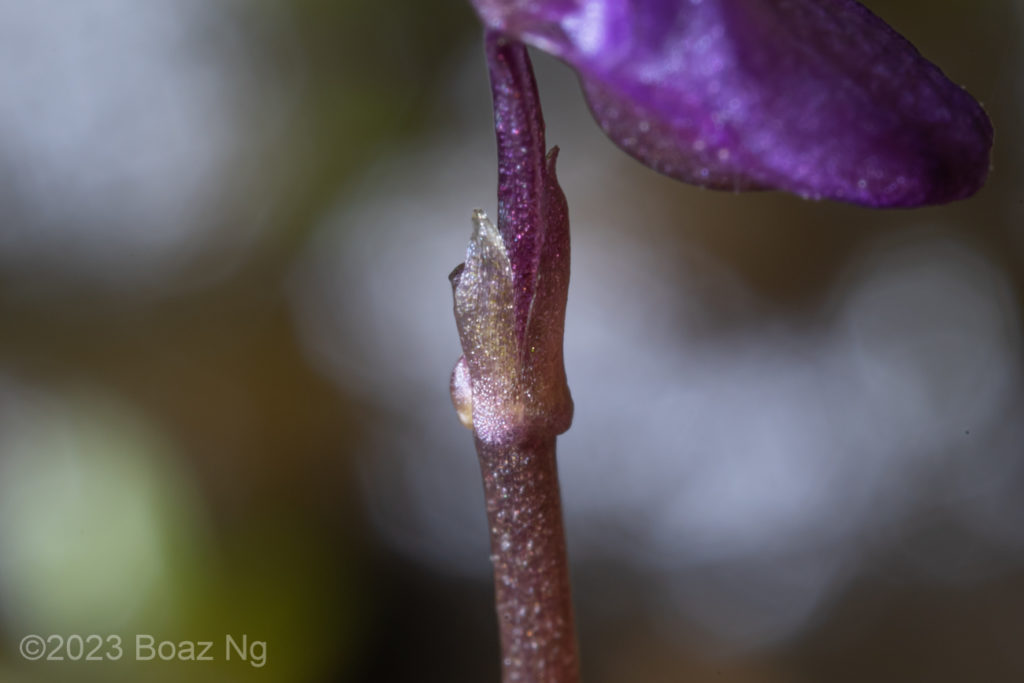
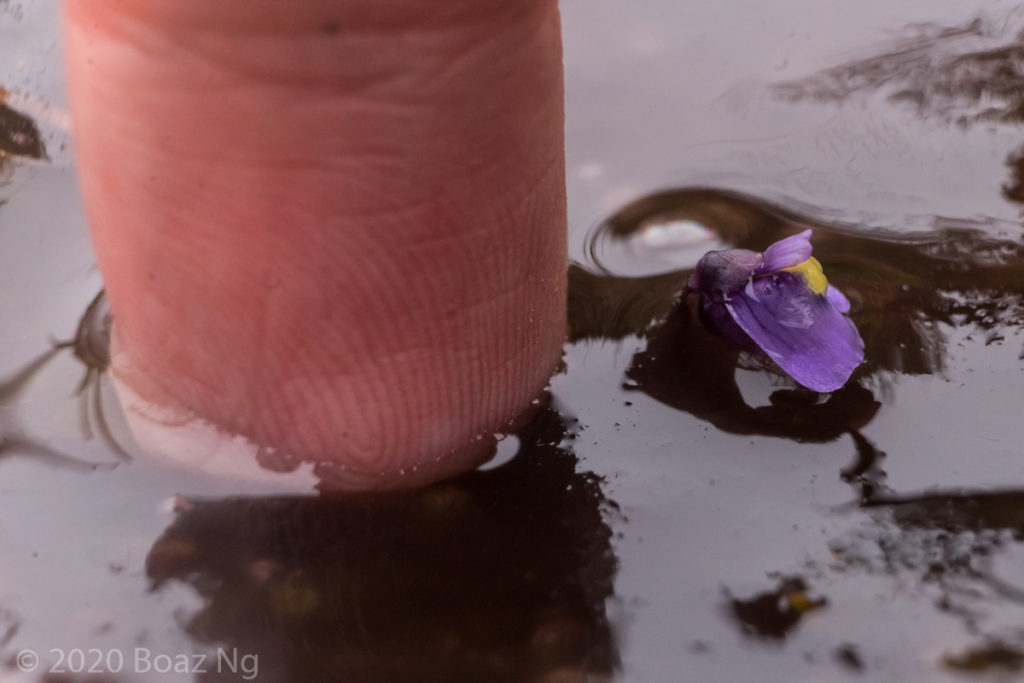
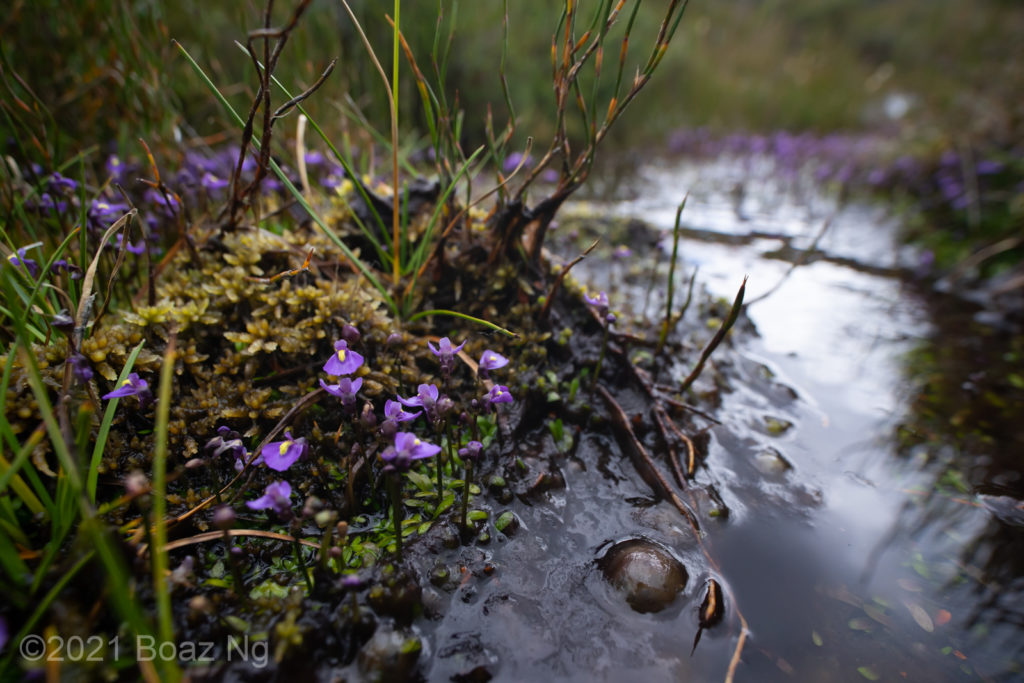
Utricularia dichotoma subsp. monanthos. The subspecies is found terrestrially in subalpine to alpine swamps and creek systems in NSW, VIC and TAS. It is associated with cold climates, with most locations receiving reliable winter snow fall. It is distinguished by its diminutive stature. The bracts are not significantly bulging where they attach to the stem and do not have a downwards-pointing appendage. The nectary spur is broad and stubby, and shorter than the lower corolla lip.
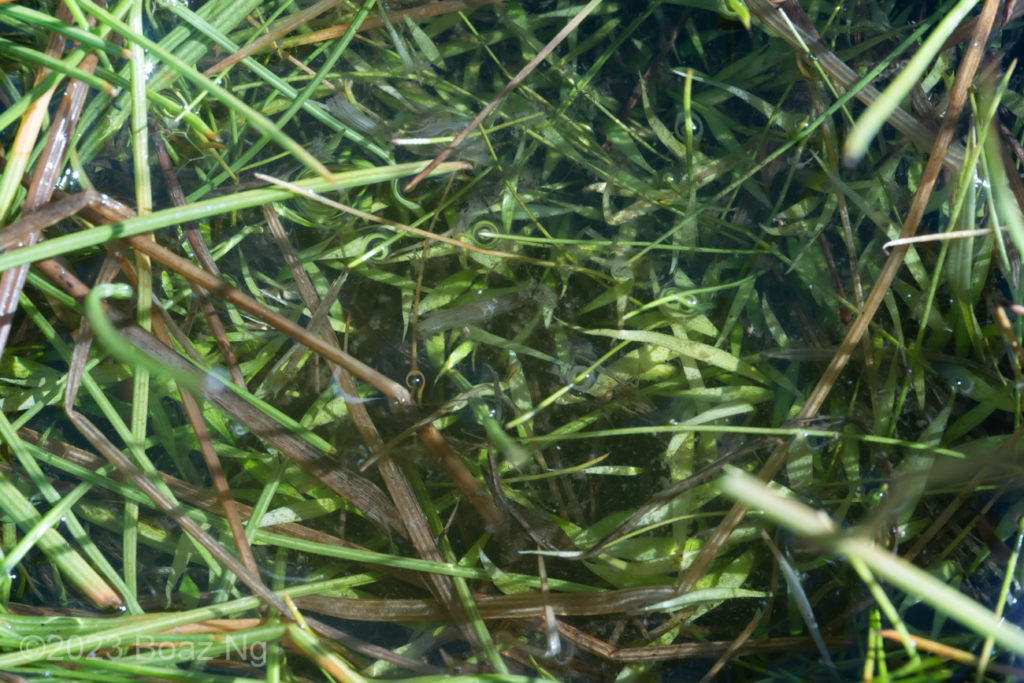
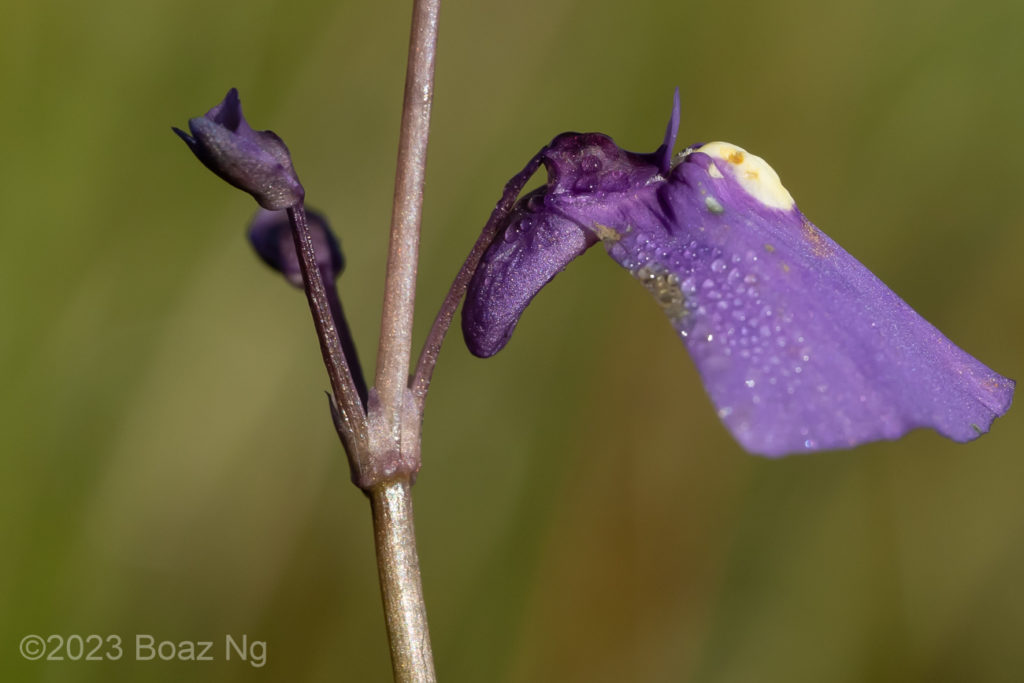
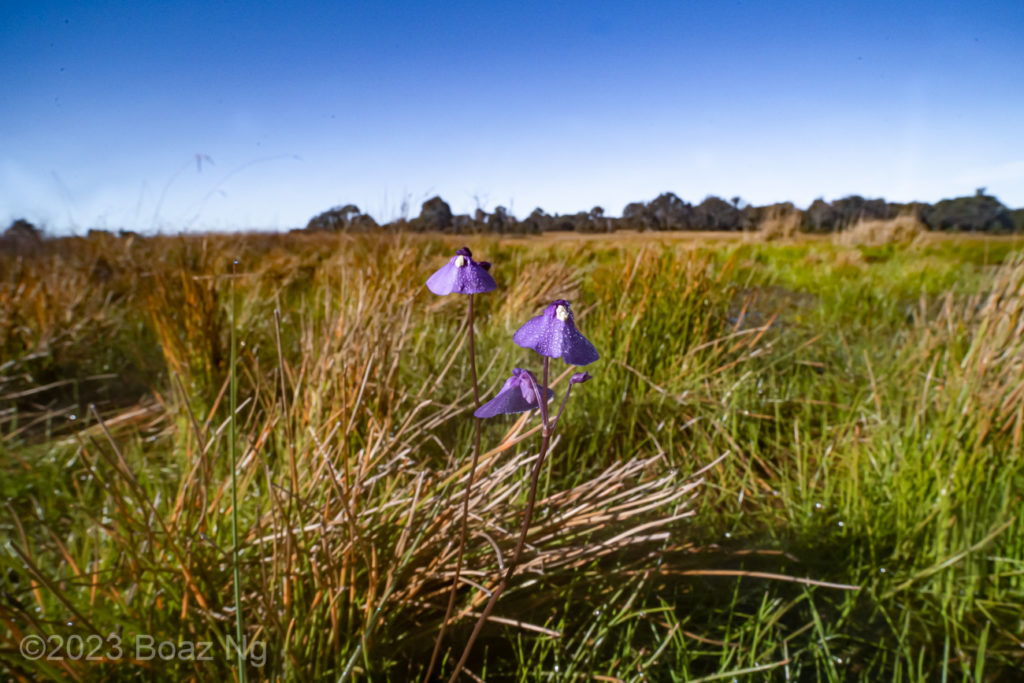
Utricularia dichotoma subsp. novae-angliae. The subspecies is found in grassy upland swamps in the New England region. It grows as an emergent plant on the margins of standalone swamps. It is distinguished by its long, pointed leaves. The bracts are slightly bulging at the point of attachment to the stem. The spur is short and stubby, and about half as long as the lower corolla lip.
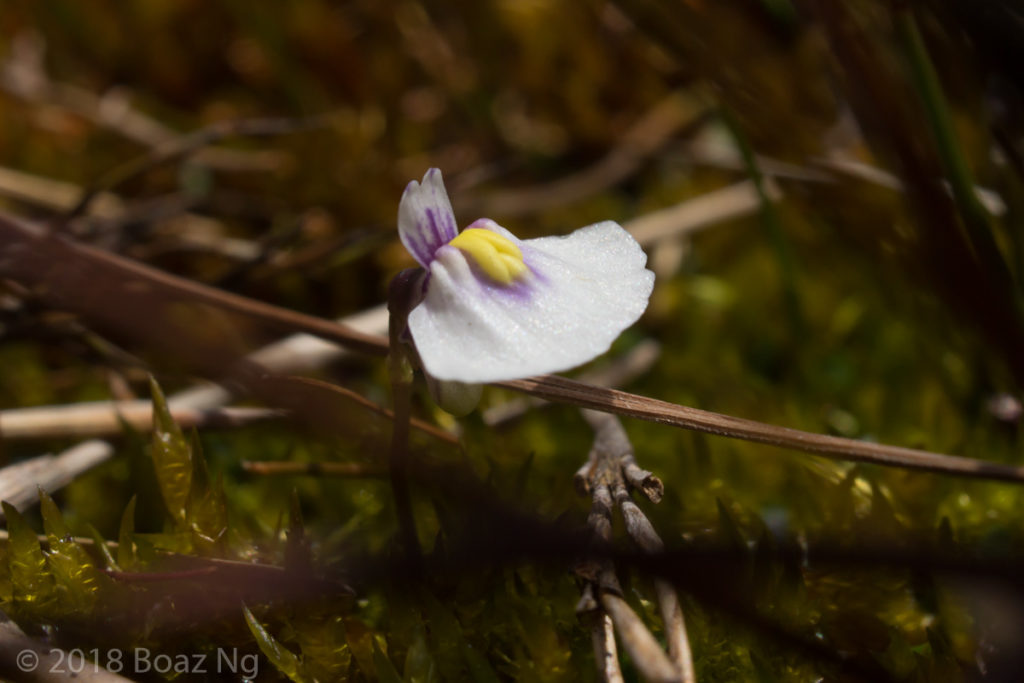
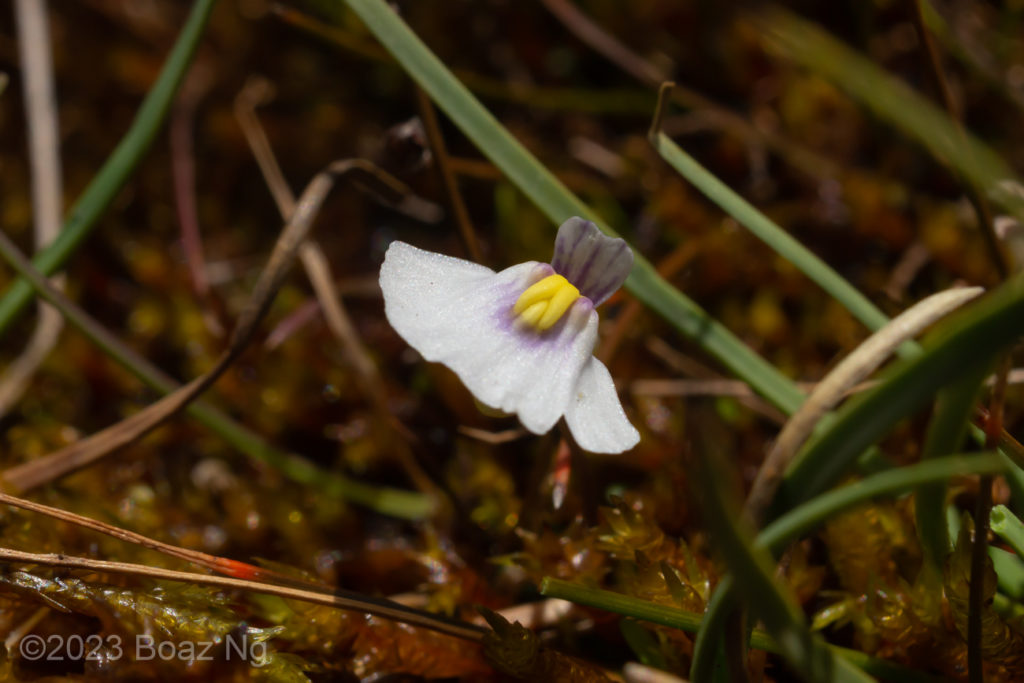
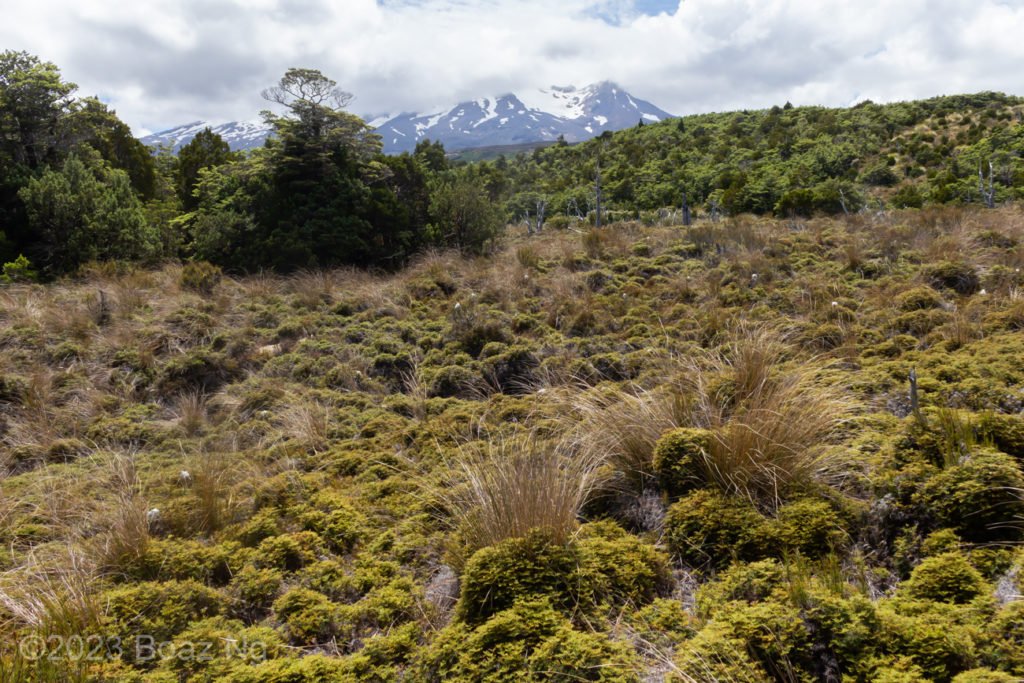
Utricularia dichotoma subsp. novae-zelandiae. The subspecies is found across New Zealand where it grows in creeks, swamps and soaks. It is variable in size and morphology, following climactic and geographical clines. The bracts do not have a downwards-pointing appendage and are sometimes bulging at the point of attachment. The lower corolla lip is often somewhat kite-shaped and is usually longer than the nectary spur.
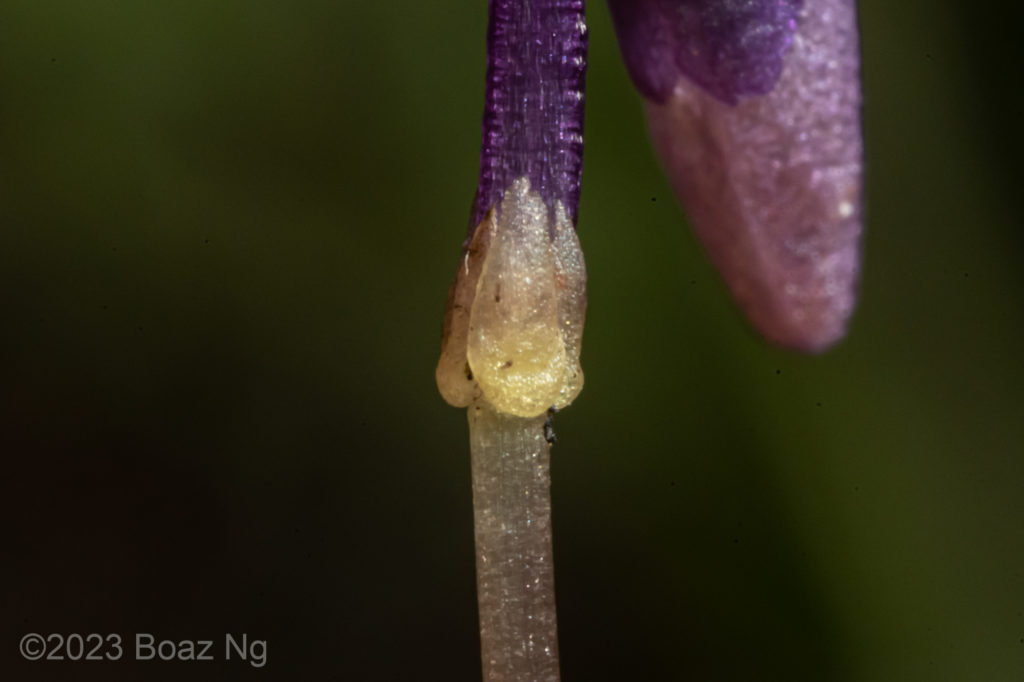
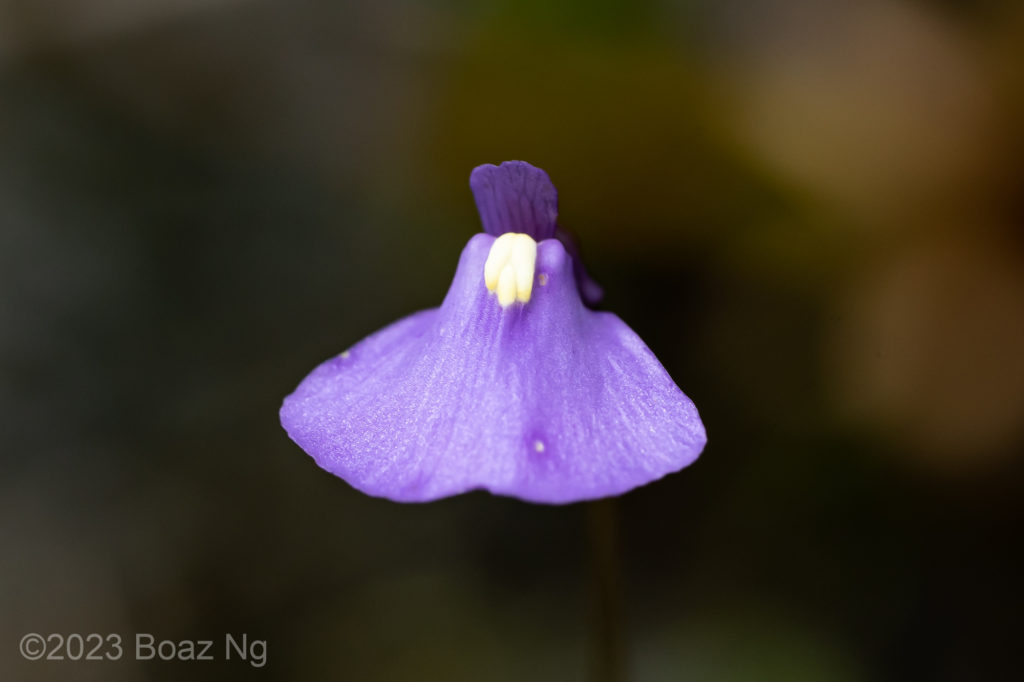
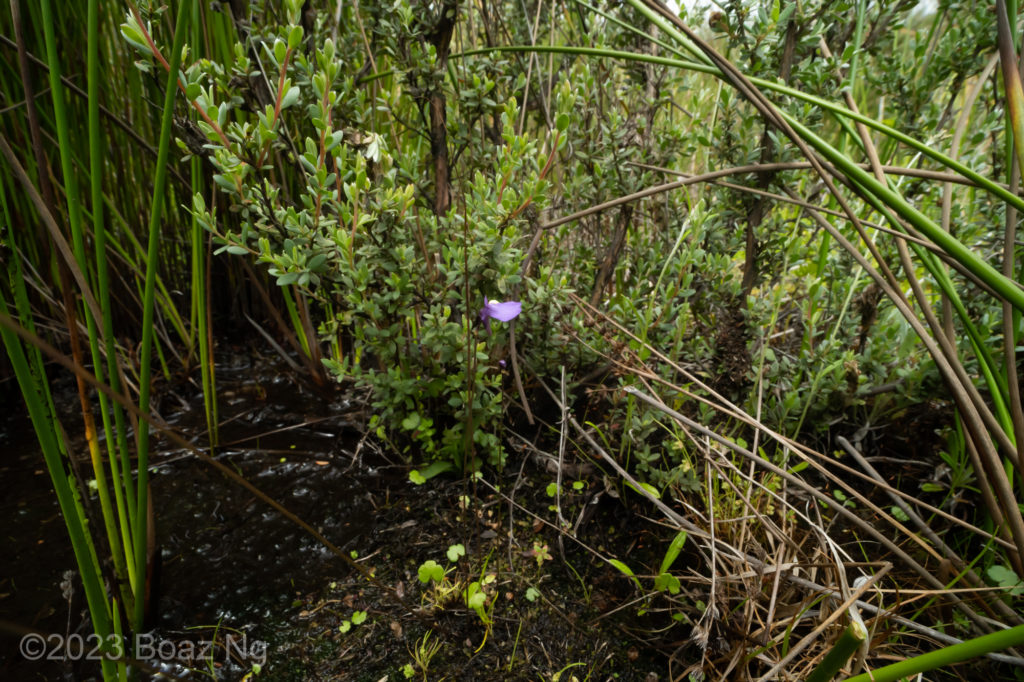
Utricularia dichotoma subsp. oxleyensis. The subspecies is found in upland creekside swamps in the Northern Tablelands of NSW. It grows terrestrially in peaty seepages draining into small creeks in the mountainous region. The bracts are broad with a short, rounded, downwards-pointing appendage where it attaches to the stalk. The lower corolla lip is more or less hatchet-shaped and usually longer than the nectary spur.

